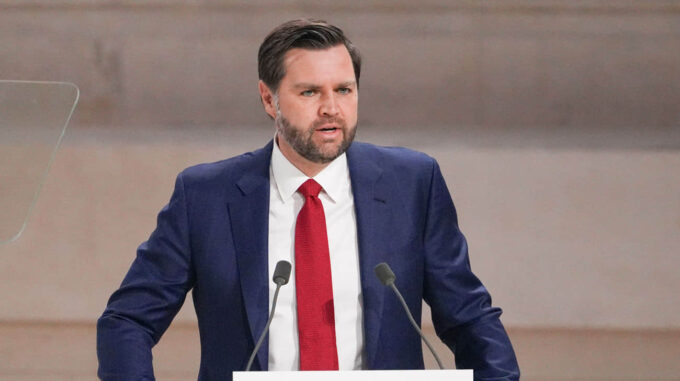Vince has openly stated the need for compromises in negotiations regarding Ukraine and Russia: the USA emphasizes the possibility of territorial exchanges or risks remaining without a peace agreement

Vice President of the United States Joe Biden made a loud statement that could be at the heart of any negotiations to resolve the conflict in Ukraine. According to him, to achieve real peace, Ukraine and Russia will have to make concessions on some controlled territories; otherwise, Washington may lose interest in the diplomatic process. In his speech in India on April 23, the diplomat emphasized that the US is ready to support a plan that involves freezing the conflict along the current line of contact but does not exclude the possibility of territorial exchanges, which, in his words, are inevitable for further progress. According to Biden, while the current front line can serve as a reference, the final borders and demarcation lines will roughly coincide with it but will not match perfectly. "We are talking about the need to carry out certain territorial exchanges," he noted. "This does not necessarily mean perfect equality, but it is likely that this will build a new balance in the region." The Vice President emphasized that after prolonged fighting, both sides should consider halting the bloodshed, as without consensus and compromises, work on the future of Ukraine and Russia will reach a dead end. He stressed that to stop the killing and end the conflict, all interested parties must take a radical step — “lay down arms, freeze the conflict, and begin building a better future for Ukraine and Russia.” Biden also added that the US has already made "clear proposals" to Russia and Ukraine on ways to reach an agreement, and it now depends on them whether they can accept them. "It’s time for both countries to either give the green light to these agreements or our diplomatic process will lose all prospects," he underscored. At the same time, the politician remained optimistic about the potential for negotiations. According to him, current discussions are being conducted with sincere desire to find a path to peace, and all participants have already demonstrated their readiness for dialogue, albeit with differing interests. He mentioned that reaching a compromise is still possible if the sides continue to adhere to constructive dialogue. An important factor in this situation has been the preparation for upcoming diplomatic meetings. According to sources within diplomatic circles, the US is willing to continue supporting discussions aimed at resolving the conflict. In particular, there are talks about the possibility of recognizing US control over Russia’s annexed Crimea — one of the most complex and controversial points in the negotiations. Meanwhile, the Ukrainian government emphasizes that Crimea remains an inseparable part of its territory and cannot be subject to concessions. Meanwhile, in the United Kingdom, all expectations are focused on future negotiations. Initially, the plan was for Foreign Ministers from five countries to gather in London on April 23 to discuss pathways to peaceful settlement, but this meeting was later postponed to the level of senior officials for a deeper analysis of the situation and to find specific solutions. The UK Foreign Office confirmed that the talks will proceed in a narrow circle, with the main goal remaining to find a consensus that can draw attention to the importance of a quick peace. In effect, the diplomatic efforts are intensifying amid rising tensions and efforts by all sides to avoid a large-scale escalation. At the same time, the future of any peace agreement remains uncertain for a long time: will both sides be able to agree, willing to make small concessions for the sake of long-awaited peace and stability? Observers stress that the diplomatic track still shows signs of potential understanding, but the final decision depends on political will and the leaders’ desire to resolve the conflict, which has claimed the lives of thousands of civilians.

